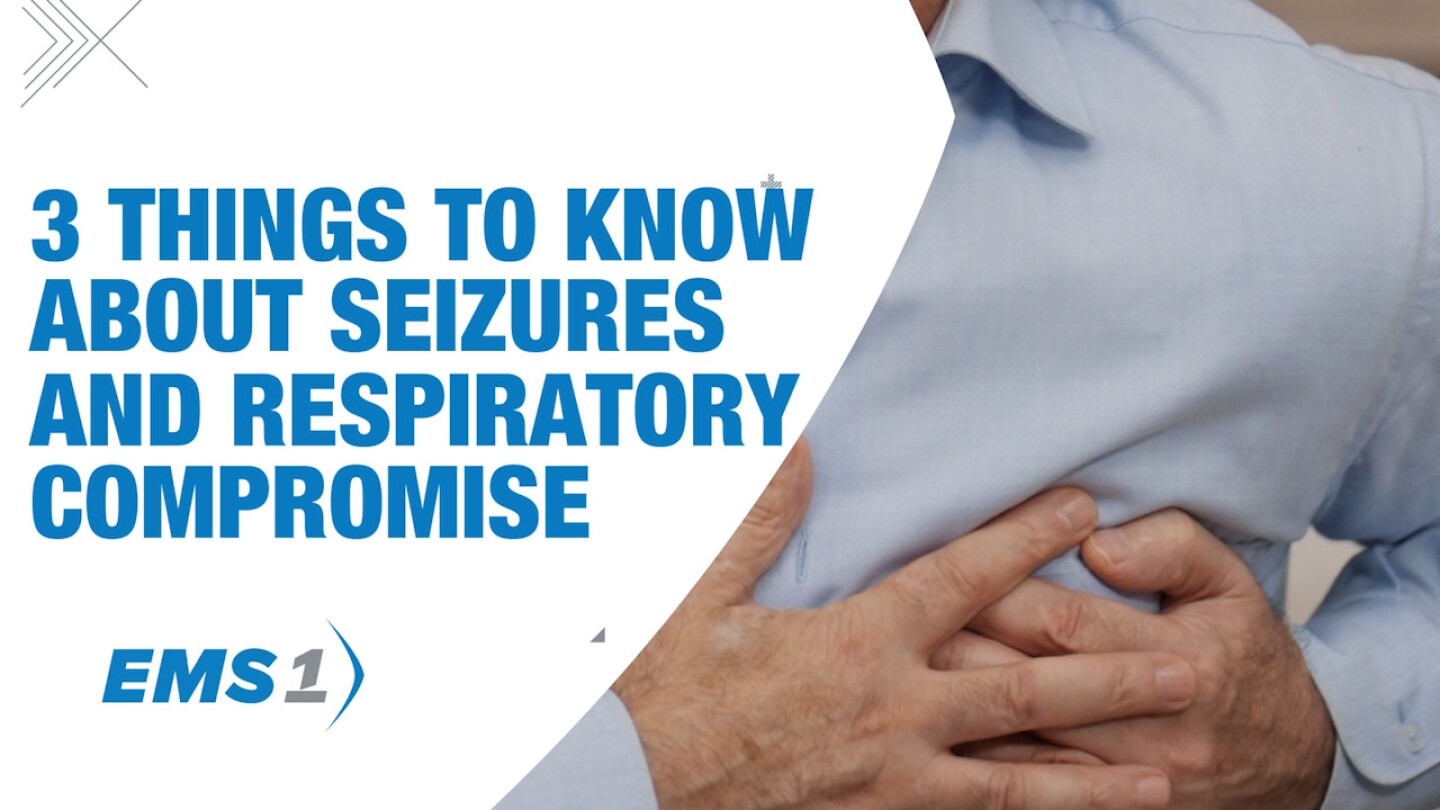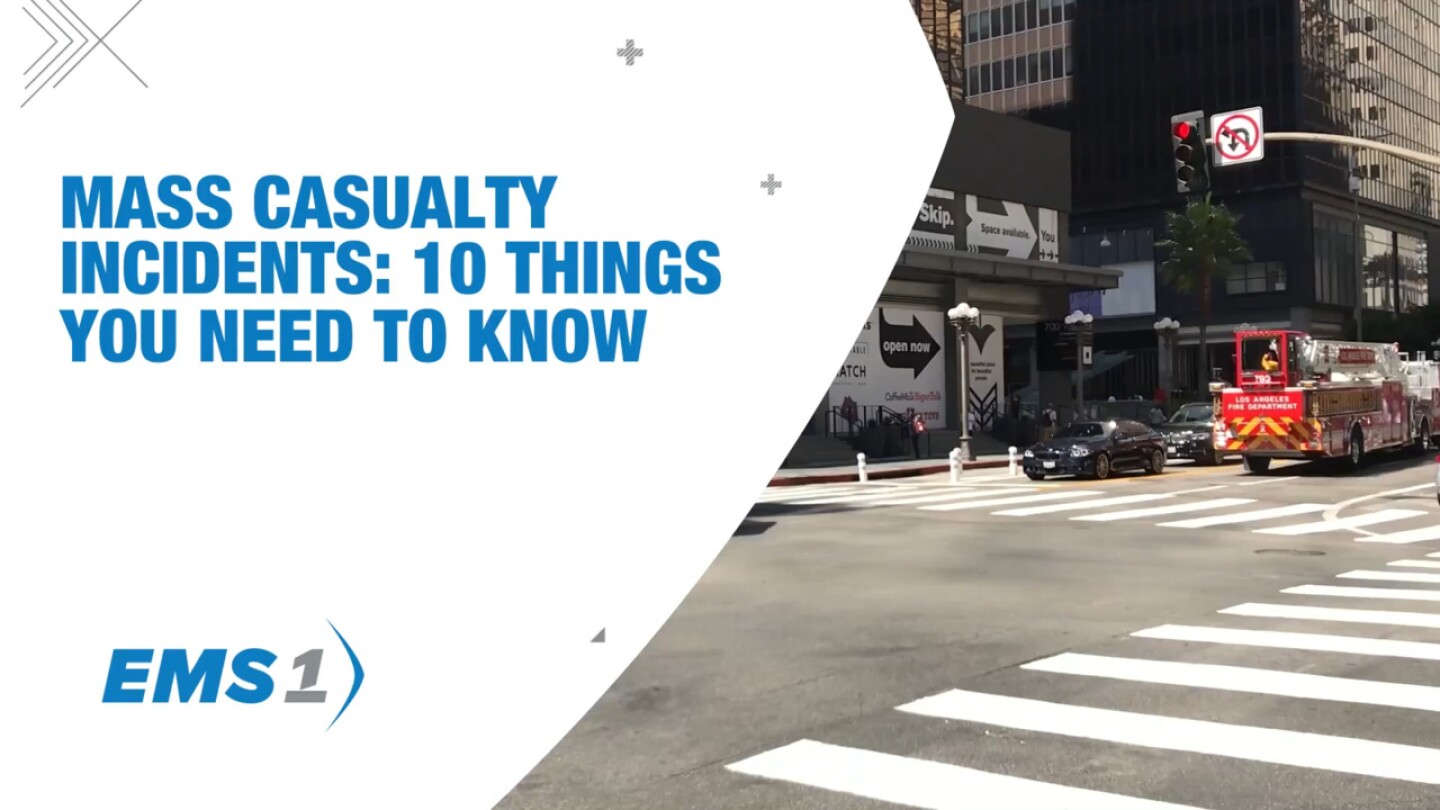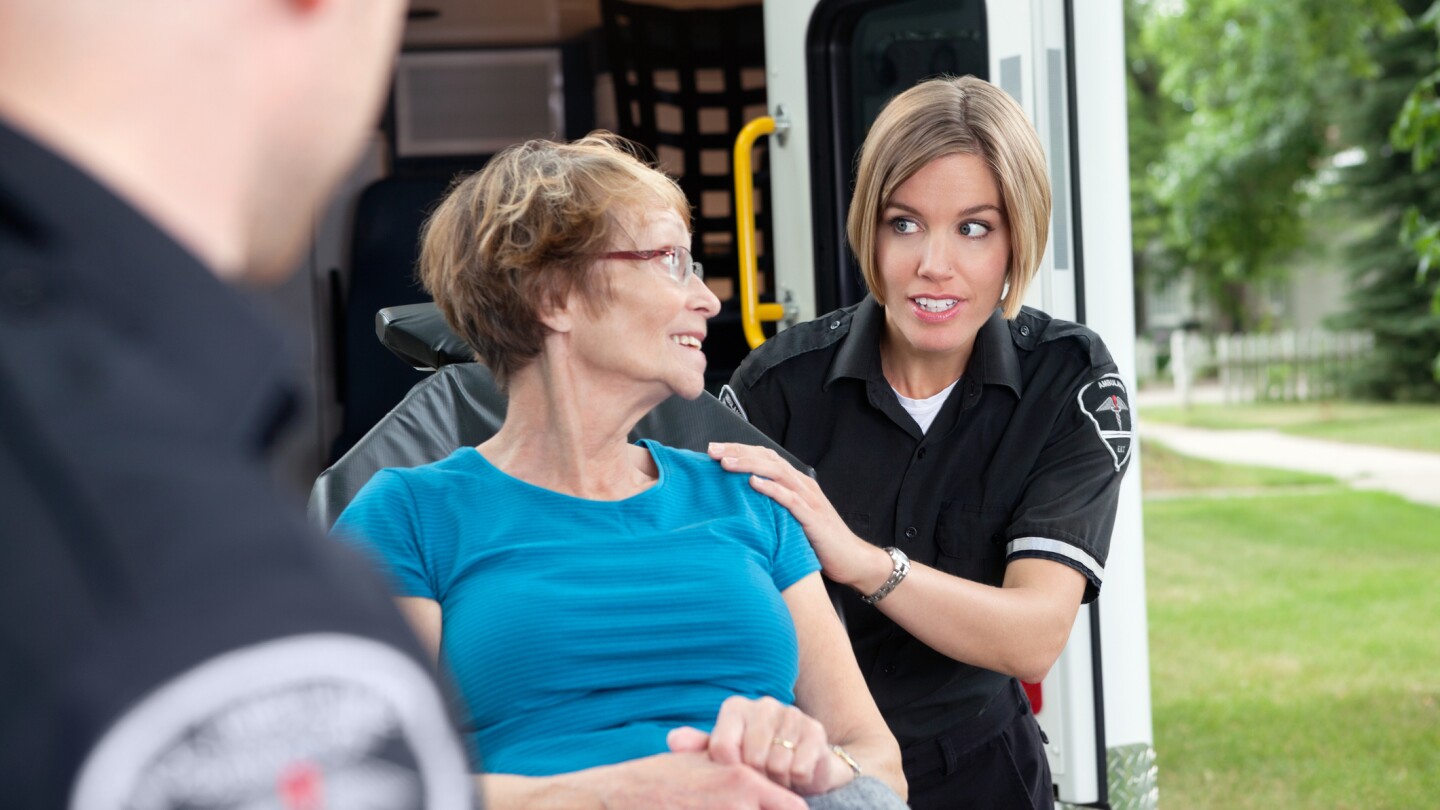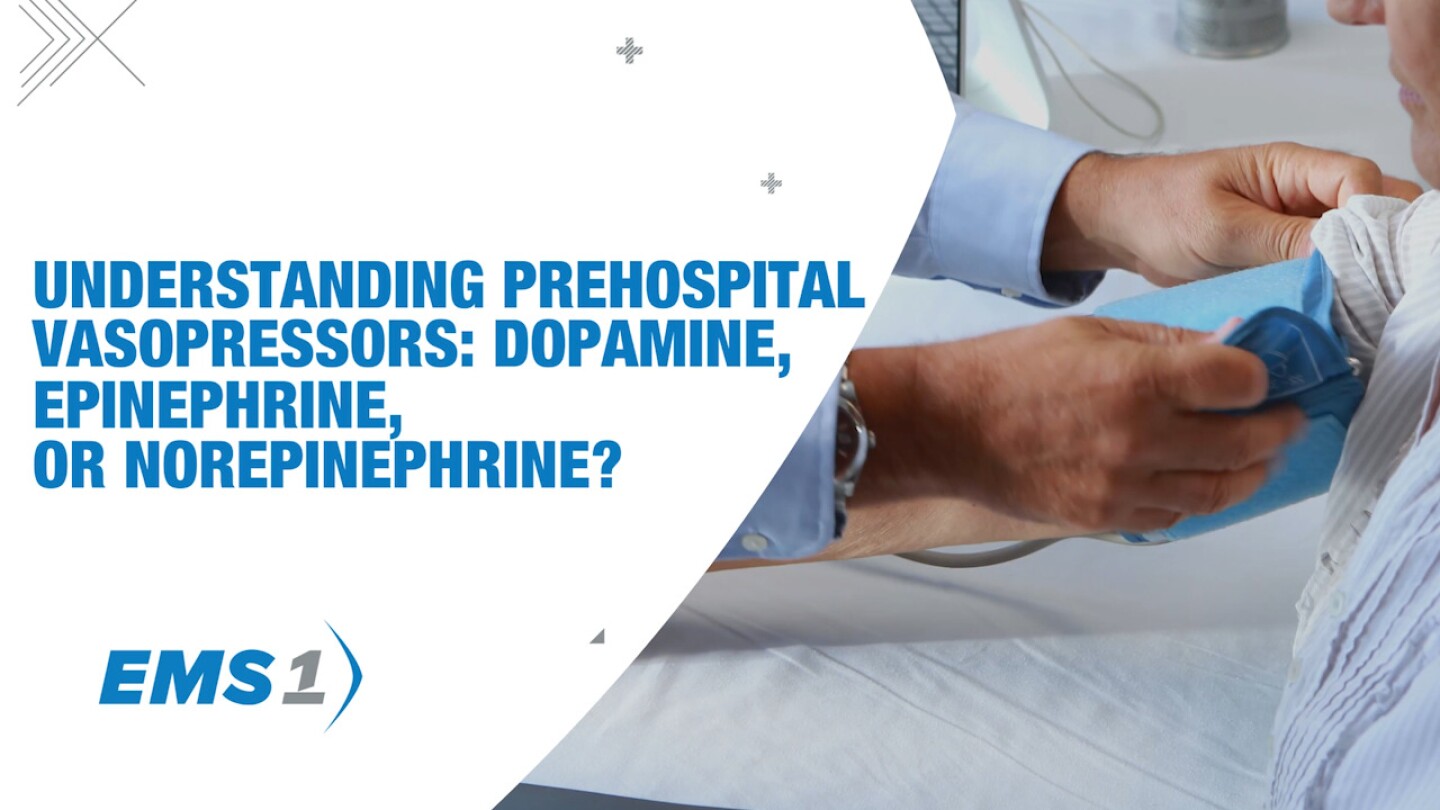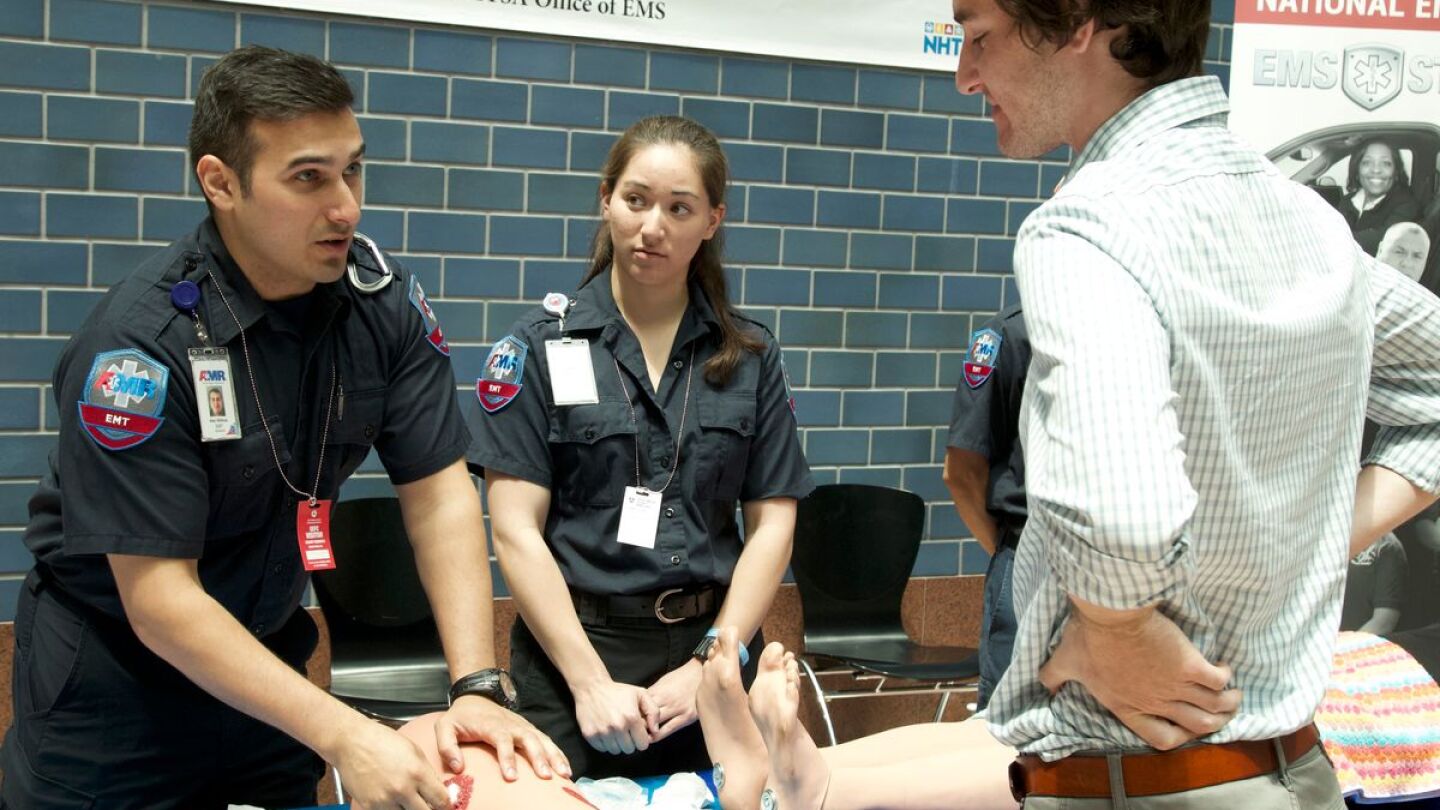Clinical
Access our directory of clinical articles in EMS, which offers in-depth information on patient assessment, treatment protocols, and emerging medical practices. This collection covers various clinical topics essential for EMS professionals, from advanced pharmacology to trauma management. Staying up-to-date with clinical knowledge is vital for delivering high-quality patient care. For additional resources, explore our section on Medical Research. Enhance your clinical expertise with our expert-driven content.
Pediatric respiratory distress doesn’t have to be terrifying — here’s how to handle it
Are there exceptions to this hard-and-fast EMS rule?
This EMS One-Stop international edition features Steinar Olsen, director for EMS and national preparedness in the Norwegian Directorate of Health
This real-world incident highlights how outdated tools and improvised techniques endanger patients — and why modernization is no longer optional
A practical guide to interpreting urine color for maintaining optimal hydration
Nearly 60% of leaders cited documentation as a critical concern impacting billing, compliance and patient care, according to a report by the PWW Advisory Group and AIMHI
Learn how to effectively manage respiratory challenges during and after seizures
A Phoenix family filed a wrongful death lawsuit alleging firefighters declined to transport a 2-year-old to the hospital after a seizure
Jess Delaney of Mount Sinai EMS has been awarded the 2025 James O. Page Legacy Scholarship for her leadership in EMS education, safety, and innovation
Key assessment and management techniques for EMS personnel confronting hyperthermia
Explore why START triage remains a go-to system for efficient MCI response and field prioritization
Kenosha’s innovative approach sets an example in proactive resource building and patient care enhancement
It’s easy for fire and EMS departments to poorly serve this growing demographic, but training can improve that
As more EMS agencies explore whole blood transfusions, Chris and Kelly ask: is this the new gold standard or just a logistical headache?
Learn the facts about dry drowning, the symptoms, and how to keep your child safe
Steve Whitehead breaks down the critical difference between low blood pressure and inadequate blood flow
Hear from EMS systems and leaders turning the promise of whole blood into a proven practice for trauma patients
A UCSF-led study using ESO data found EMS providers often failed to recognize status epilepticus during prehospital care, leading to treatment delays and reduced benzodiazepine dosing
A go-to test for consciousness or a risky habit? The truth about the sternum rub revealed
A comprehensive look at vasopressors: functions, differences and application strategies
Learn how to detect pulmonary embolism through clinical symptoms and capnography, ensuring prompt and effective response
Enhance your IV insertion skills with these expert tips, ensuring efficient and effective patient care in emergency situations
A comprehensive guide to evaluating abdominal pain through targeted assessment questions and clinical examination techniques
Challenge EMS providers’ critical thinking and appropriate skill deployment with these 3 penetrating trauma scenarios, ranging from moderate hemorrhage to exsanguination
Inspiring ways to recognize providers’ contributions, educate the community and recruit the next generation
An overview of pain and sedation for the prehospital provider
Pediatric IV tips and tricks I’ve picked up during hundreds of IV placements
Understanding the signs of Cushing’s triad can be the difference between timely intervention and critical deterioration in patients with elevated intracranial pressure
MOST POPULAR
- 30 feet to catastrophe: The price of a higher wall — injuries at the U.S.-Mexico border
- The basics of thoracic trauma: It’s all about airflow and pressure
- On demand: Bringing whole blood to the front lines of EMS
- Measles: What it is, how it spreads and what to do if you suspect it
- NEMSQA 2024: Dr. Jeff Jarvis on airway safety and the path to EMS improvement








